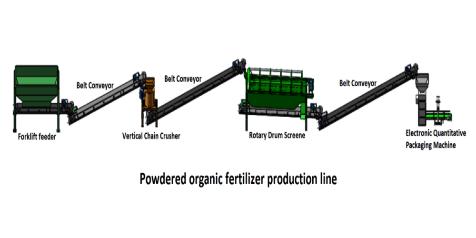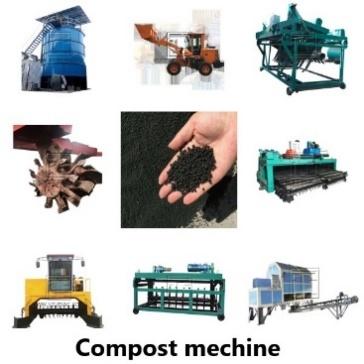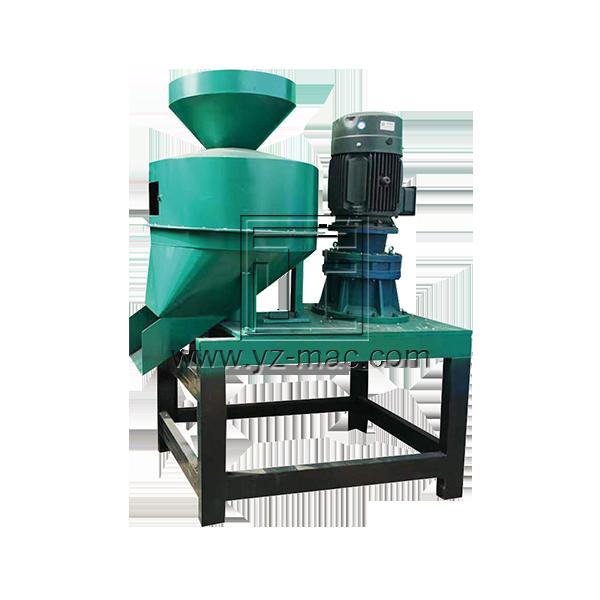Large inclination angle fertilizer conveying equipment
Send email to us
Previous:
Mobile fertilizer conveying equipment
Next:
Bucket elevator equipment
Large inclination angle fertilizer conveying equipment is used to transport bulk materials such as grains, coal, ores, and fertilizers in large inclination angle. It is widely used in mines, metallurgy, coal and other industries. The equipment has the characteristics of simple structure, reliable operation, and convenient maintenance. It can transport materials with a inclination angle of 0 to 90 degrees, and has a large conveying capacity and long conveying distance. The large inclination angle fertilizer conveying equipment consists of a belt, a driving device, a roller, a tensioning device, and a supporting device.
Write your message here and send it to us








